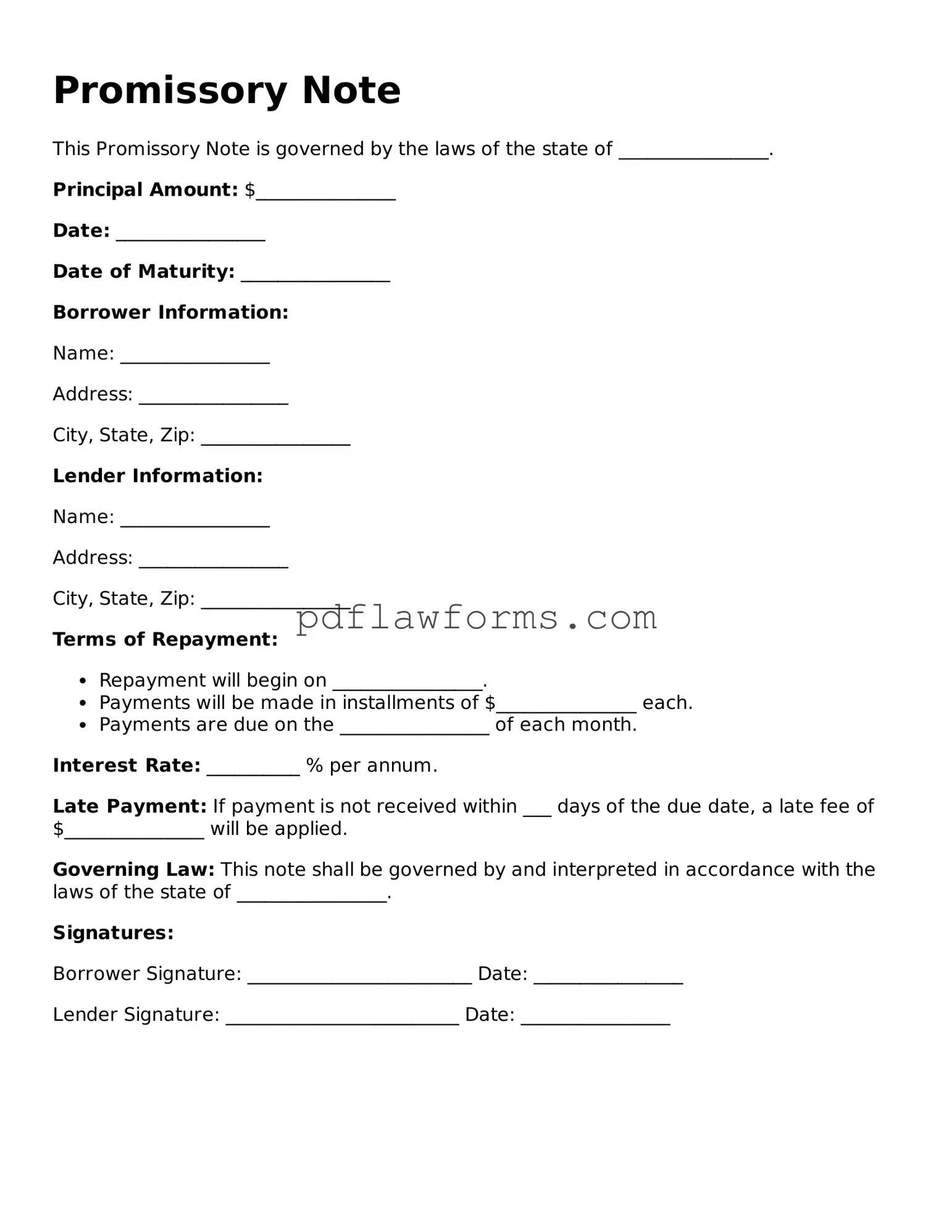Official Promissory Note Form
A Promissory Note is a written promise to pay a specified amount of money to a designated party at a defined time. This financial document outlines the terms of the loan, including the interest rate and repayment schedule. Understanding how to properly fill out this form is essential for both lenders and borrowers; start by clicking the button below to complete your Promissory Note.
Make My Document Online
